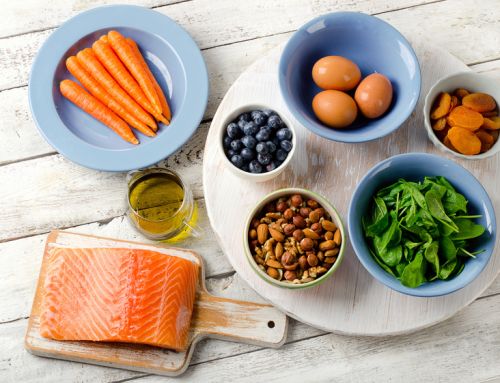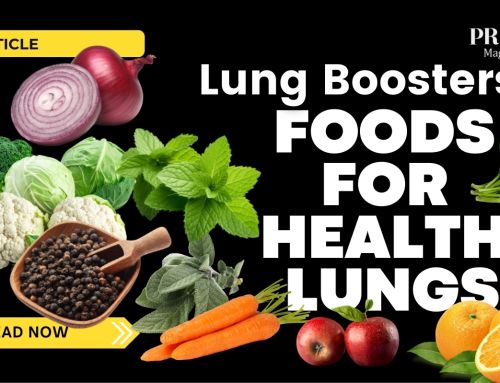

Healthy eating for older adults is one of the most effective ways to support healthy ageing. As we grow older, our bodies change—and so do our nutritional needs. Some nutrients become more important in later life, while others are needed in smaller amounts. Alongside physical, social, and psychological changes, keeping a balanced diet can feel challenging. Even so, eating well remains vital for independence, energy, and quality of life.
Many older adults are at risk of malnutrition, often without realising it. Several age-related health concerns—from muscle weakness to bone loss—are closely linked to nutrition. Understanding these changes and knowing which foods to prioritise can make a meaningful difference.
Why Healthy Eating for Older Adults Matters

A range of factors can affect how people in later life eat and absorb nutrients:
-
Changes in taste and appetite: With age, flavour sensitivity can decline, making meals less enjoyable and reducing intake.
-
Chewing and oral health needs: People who live with missing teeth, mouth pain, or dentures may find some foods—especially firmer, protein-rich options—harder to eat.
-
Social and emotional wellbeing: Experiences such as bereavement, loneliness, low mood, or stress can lower appetite and motivation to cook.
-
Access and ability: People with limited mobility, time, income, or cooking facilities may have fewer food choices.
-
Cognition and safety: People living with dementia or memory changes may miss meals, eat irregularly, or need support preparing food safely.
These realities highlight why nutrition for older adults deserves focused, compassionate attention.
Key Nutrients for a Balanced Diet in Later Life

As energy needs gradually decrease, choosing nutrient-dense foods becomes even more important for a healthy ageing diet.
Protein
Supports muscle strength and helps reduce age-related muscle loss (sarcopenia).
Sources: fish, poultry, tofu, beans, lentils, eggs, milk, and yoghurt/cheese.
Calcium
Essential for bone health and reducing fracture risk.
Sources: milk, yoghurt, cheese, tofu with calcium, broccoli, kale, spinach, almonds.
Vitamin B12
Absorption often declines with age; low levels can affect red blood cells and nerves.
Sources: salmon, mackerel, shellfish, eggs, milk, and fortified foods.
Vitamin D
Helps the body absorb calcium and maintain bone strength; low levels can increase fall risk.
Sources: salmon, tuna, eggs, and safe sunlight exposure. Some people may need supplements—check with a healthcare professional.
Folate
Supports healthy blood and cell function.
Sources: leafy greens, beans, lentils, papaya, oranges, strawberries, avocado.
Iron
Important for healthy red blood cells and energy.
Sources: lean red meat, eggs, beans, peas, spinach.
Water
Hydration supports digestion, concentration, and overall wellbeing.
Tip: Aim for about six glasses of fluid daily, including water, soups, milk, tea, or juices—adjusting for individual medical advice.
Practical Eating Tips for Healthy Ageing

Building a balanced diet for older adults can be simple with small, sustainable changes:
-
Follow My Healthy Plate: Fill half the plate with fruits and vegetables, one-quarter with protein foods, and one-quarter with whole grains.
-
Adapt textures: Minced, stewed, or softly cooked foods can make chewing easier without reducing nutrition.
-
Boost nutrient density: Add eggs, tofu, nut or seed powders, milk powder, or beans to everyday meals.
-
Enhance flavour naturally: Herbs, spices, citrus, ginger, and onion can lift taste when flavour sensitivity changes.
-
Choose heart-smart fats: Use olive oil for cooking and include nuts, avocado, and oily fish.
-
Cook in supportive ways: Steaming, stewing, baking, grilling, or stir-frying help retain nutrients and keep meals appealing.
-
Make meals social: Eating with friends, family, neighbours, or community groups can improve appetite and enjoyment.
-
Personalise support: If you’re supporting a family member or friend, involve them in planning and choosing foods they like and can manage comfortably.
The Takeaway

Healthy eating for older adults isn’t about restriction—it’s about making every bite count. With the right mix of protein, calcium, vitamins, fibre, and fluids, people in later life can stay stronger, reduce the risk of malnutrition, and enjoy food as one of life’s everyday pleasures. Support from loved ones, communities, and care teams can make nutritious choices easier, more affordable, and more enjoyable—an approach that truly supports healthy ageing. PRIME












Leave A Comment